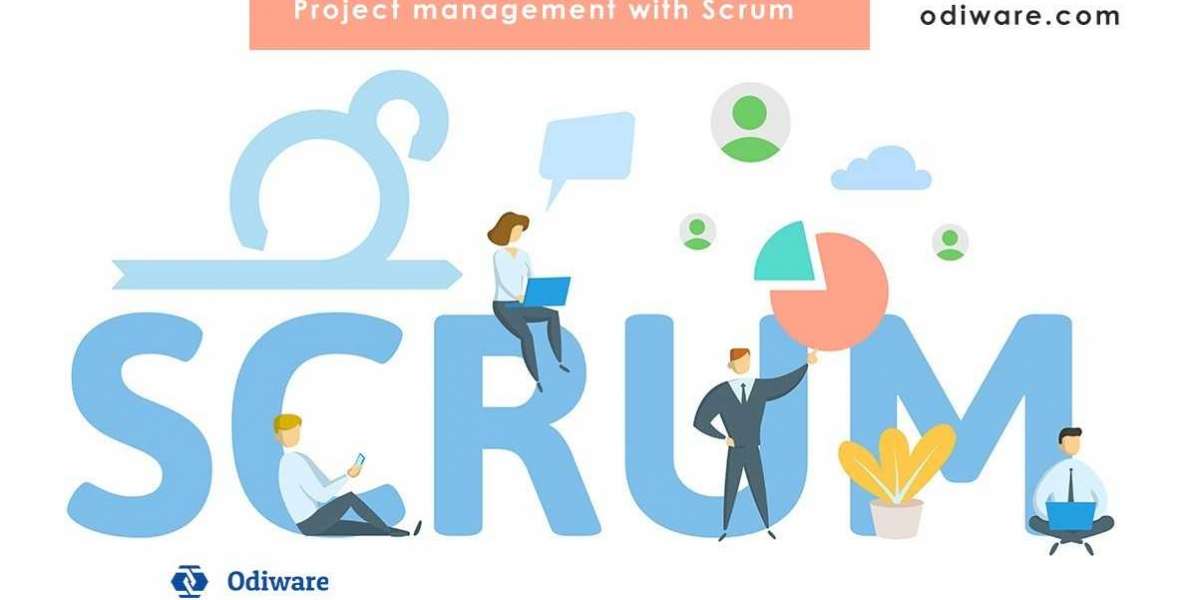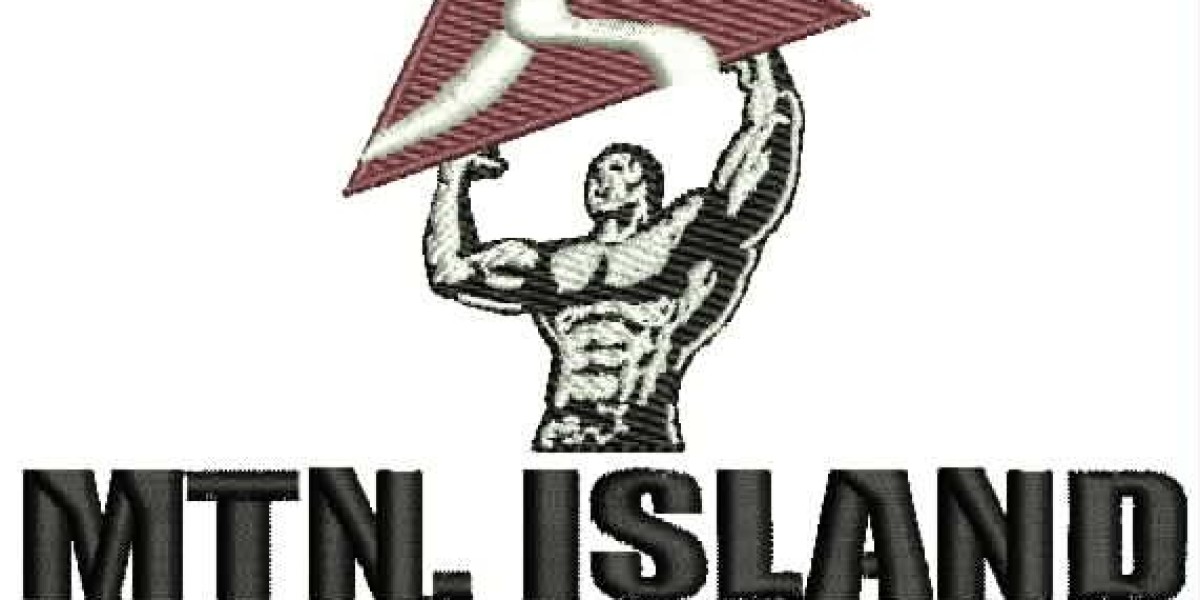In the case of traditional waterfall development, there was a lot of extra work needed on weekends or evenings to finish it within the timeline that was determined in advance. It is challenging to stick to the schedule. But most of those problems can be resolved with Agile. Of course, depending on the needs of the project, there are benefits and drawbacks.
Roles in a scrum team
A Scrum team essentially consists of three roles, each with specific responsibilities and power. Development Team, Product Owner, and Scrum Master are the three positions.
Product Owner
The individual who bears the greatest responsibility for the project. A team member who communicates the demands and problems of customers and end users to the team(mostly to Scrum Master). Organize the backlog of projects for creating the system. In order for the members of the development team to grasp the description and purpose of features and requirements. It is critical to make sure that the Product Backlog items are consistently updated in order of priority.
The Scrum Master or Development Team is in charge of estimating (time, cost, etc.) costs, resources), dependencies, and technical work items. The Product Owner is ultimately responsible for prioritizing and updating backlog items.
Scrum Master
Scrum as a methodology is simple to describe, but it can be challenging to implement successfully. As a result, there is a job called Scrum Master, which supports and directs the team to ensure that the Scrum axis is never off. Create strategies for implementing Product Backlog items and assisting in problem-solving.
Development Team
Basically, the group that creates the system from scratch. As opposed to the traditional waterfall process, you may also be responsible for tasks like business analysis, design, cloud construction, and testing in addition to development when appropriate.
When implementing a project in Scrum, the following qualities are crucial:
Sprint: A brief period during which software is developed (usually two weeks)
Project Tasks or Items: These are kept in a ranked list known as the product backlog (all listed in management tools, etc.)
Goal: Determine during the sprint, what needs to be completed from high-priority projects.
Sprint assessment: A person known as the product owner opens the meeting after each sprint concludes, assesses, and adds tasks.
During frequent short intervals known as sprints, Scrum implements features from the highest priority product backlog items and evaluates the already implemented features. As a result, we have made it feasible to create products that are market and development-ready swiftly. This benefit has been a key factor in the growth of Scrum. Read more : Project Management with








